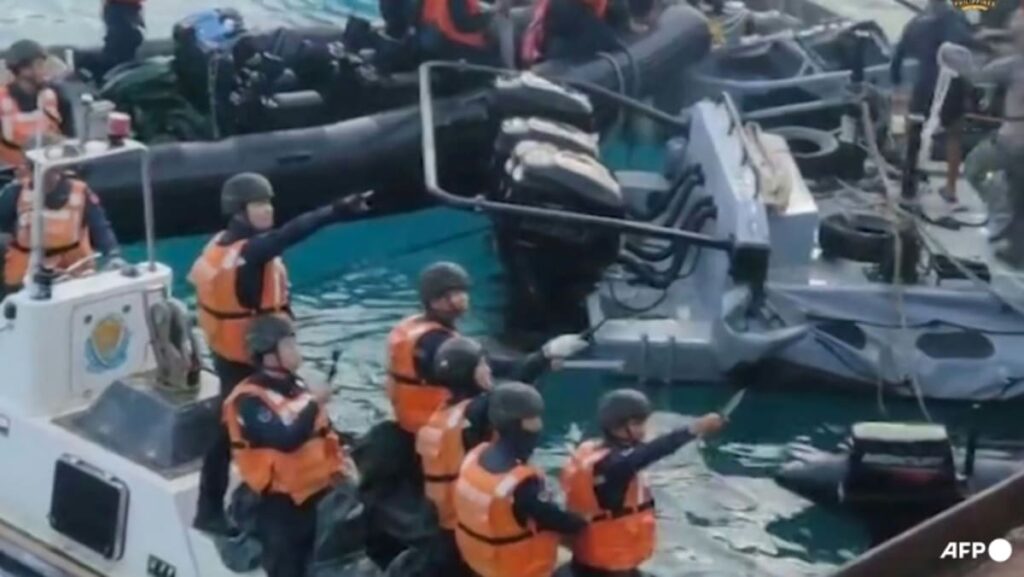Based on past run-ins with the Chinese, Manila had assiduously avoided the invocation of the treaty. According to American military-legal terms, the Chinese acts would have amounted to non-kinetic means of the use of illegal force even though the clause “armed attack” within the treaty was not clearly defined.
This time, Manila still sought to de-escalate tensions, most plausibly because the severity of the Jun 17 incident could have brought the countries – and even potentially the Americans – to the precipice of outright armed conflict.
On Jun 23, Mr Marcos said that the Philippines is “not in the business to instigate wars” in a speech to troops of the unit overseeing the South China Sea.
PROBING THE “RED LINE” IN THE SOUTH CHINA SEA
All these could be music to China’s ears. Beijing has managed to further probe the American-Filipino “red line”.
The Jun 17 incident yielded some vital data points: Manila’s reticence to escalate tensions and Washington’s apparent ambivalence about committing more robust forms of support to the Philippines even without invoking the Mutual Defense Treaty.
China also demonstrated the lengths it could go to disrupt the Filipinos’ moves and its escalation dominance. The yawning capability asymmetry between the two countries was on clear display: The largest Chinese coast guard vessel, displacing over 10,000 tonnes, was deployed at close proximity to the Sierra Madre outpost barely a week after the fracas.
